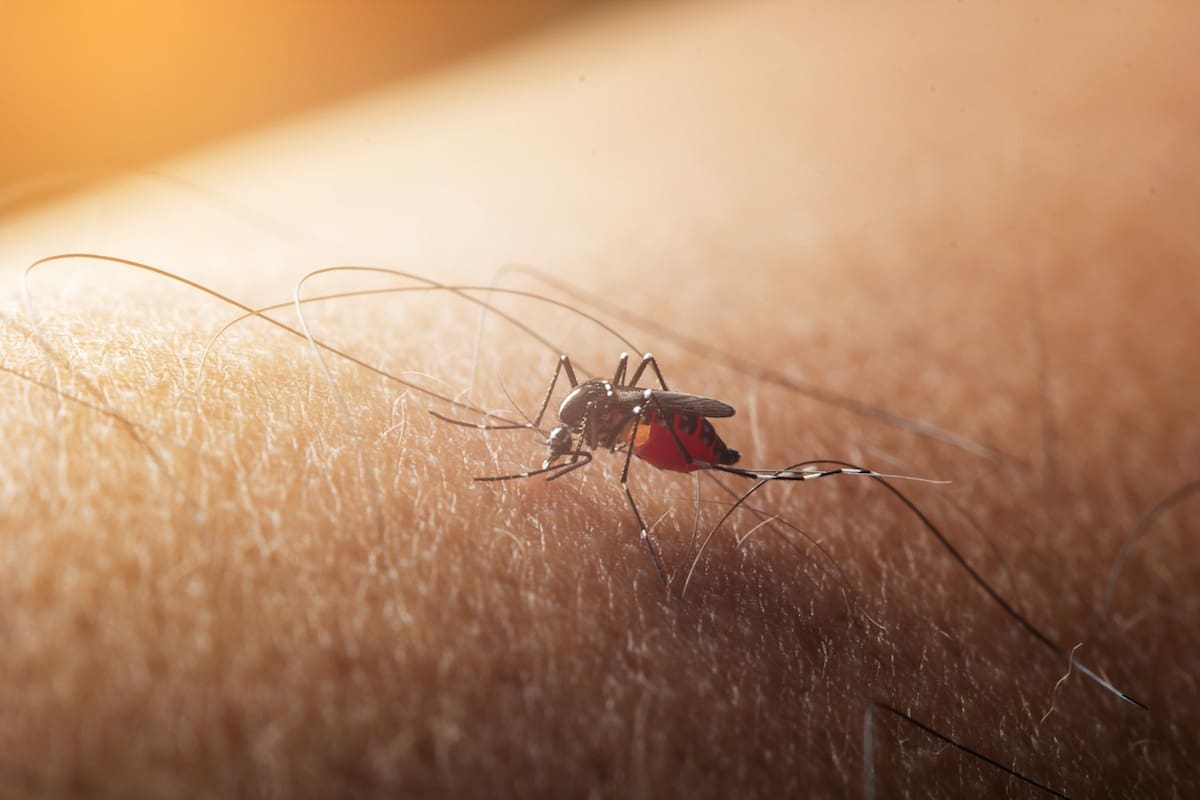Dengue fever is a mosquito-borne disease that can cause flu-like symptoms and more serious illness. The Department of Health reports that over 2000 cases of dengue fever were confirmed in Australia last year, an increase of more than 300 compared to the previous year. Most of these occur in Australian travellers, returning from countries in which dengue is endemic such as Indonesia, Thailand and Bali.
The World Health Organisation (WHO) has classified dengue fever as a ‘major international public health problem’ and it’s estimated that many Australians with dengue fever are missed. It’s important that healthcare professionals and the public are aware of signs and symptoms of the illness and the associated level of severity, so that it can be treated immediately and appropriately.
Australian researchers conducted a retrospective analysis of confirmed cases of dengue across Victoria and the Northern Territory. They looked at the clinical and laboratory features of dengue, as well as outcomes, in returned Australian travellers.
Indonesia was the country with the most frequent acquisition of dengue fever for Australians. Common symptoms were headache, pain behind the orbit of the eye, muscle pain, joint pain, diarrhoea and rashes. Gastrointestinal bleeding and blood in the urine were observed in a small proportion of patients. Only 5% had documented whether WHO guidelines had been used for management of the illness.
Implications
Australians are frequent travellers so it’s important to be aware of the risks associated with the country of destination and take appropriate precautions.
Furthermore, it’s helpful to be aware of the signs and symptoms of any common infections in the countries you’re travelling to so you can seek timely help if needed.
Smartraveller.gov.au has some good information to be aware of when you’re travelling overseas and precautions you can take prior to departing.





